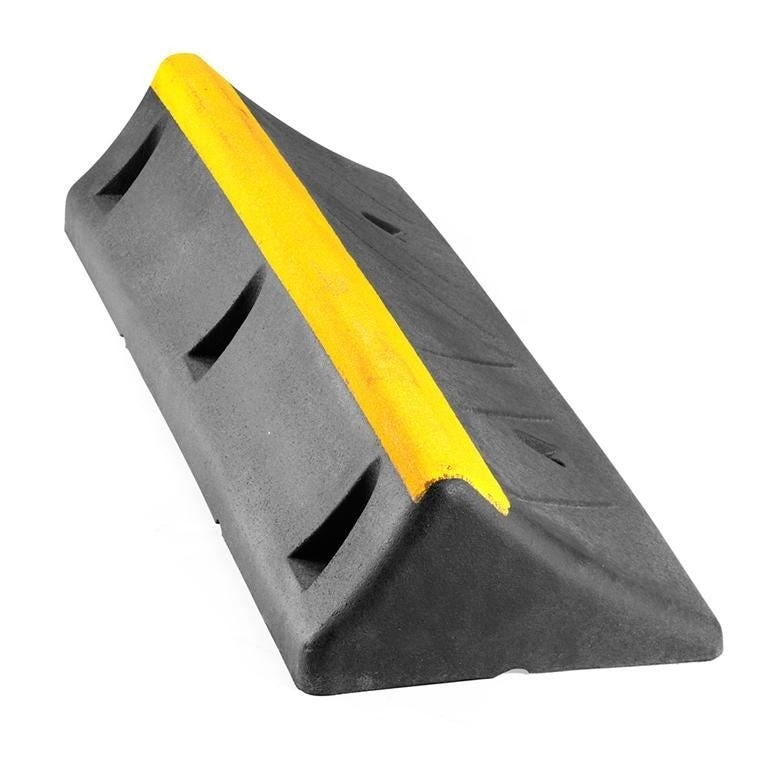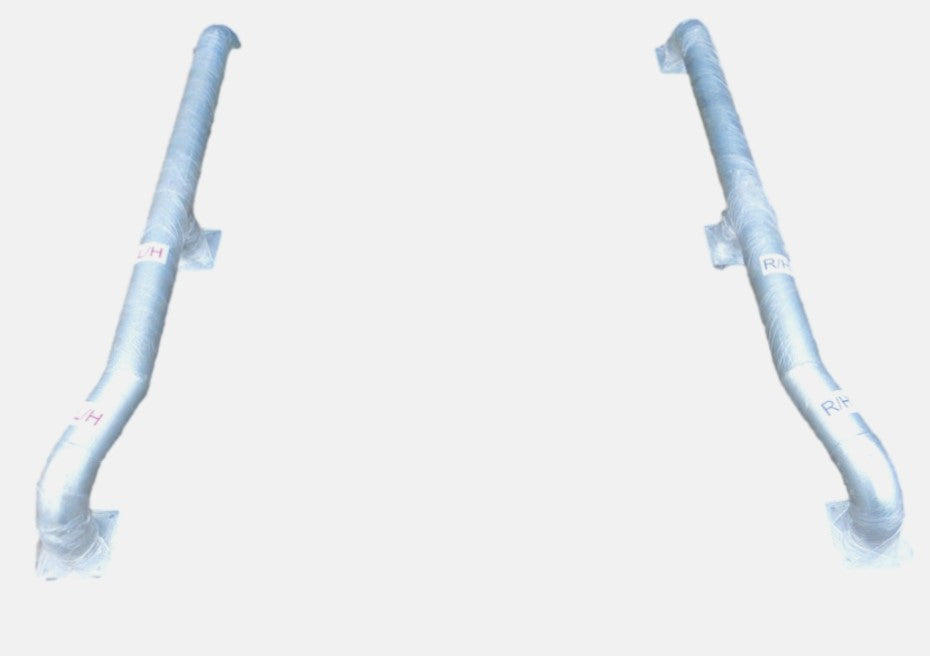Loading Bay Wheel Guides
A range of all-steel Wheel Guides for safe and reliable truck parking in warehouses and loading bays. Aid truck parking and protect loading bay assets.

Low Profile Wheel Guides Pair
Sale price€1,056.00ex VAT
Suitable For Lower Profile Vehicles Or Trailers

Black Bull Cranked Wheel Guide
Sale priceFrom €1,593.00ex VAT
Reduces Incidence Of Damage To Loading Bays

Economy Steel Wheel Stops - 2500mm x 170mm
Sale price€952.00ex VAT

Coach Wheel Stop
Sale price€145.74ex VAT












